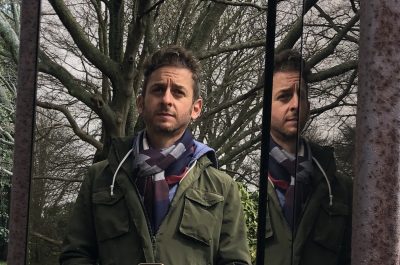“One Battle After Another”: How a Single California Road Became The Year’s Most Hallucinatory Effect
Spoilers below.
Let’s try to ditch hyperbole for a second and get to the heart of the matter, to something we might even call objective: Paul Thomas Anderson’s One Battle After Another is a movie that meets its moment head-on. The visionary writer/director doesn’t make uninteresting movies—this, too, feels like an objective statement—yet he has rarely worked in the present day. For a 19-year period, between 2002 and 2021, Anderson has looked back. From his absolute masterpiece, There Will Be Blood (2007), to his ecclectic period pieces, from the paranoid stoner detective story in 70s LA with Inherent Vice (2014) to his exquisitely tailored dark romance in Phantom Thread (2017) to the psychological warfare between a mentally brittle WWII veteran and a haughty cult leader selling metaphysical snake oil in The Master (2012), Anderson has built a never-miss reputation on films that take us back to a very particular place and time. What makes them PTA films is that they show us people who, at first glance, appear to be leading very different lives than ours, but who turn out to be just as lost, searching, self-loathing, hopeful, hateful, and lovesick as we are. This is to say nothing of Boogie Nights (1997), his bravura look at the fractured, found families of the late 1970s and early 1980s in the San Fernando Valley porn industry.
Yet not since Punch Drunk Love (2002) has Anderson taken on the present, and in One Battle After Another, he does so with a chilling vision of an America that’s become a fascist police state, where our heroes, including a loveable explosives expert called Ghetto Pat (Leonardo DiCaprio), who is in the thrall of his fellow revolutionary Perfidia Bevery Hills (an electric Teyana Taylor). Their love affair leads to a child and the dissolution of their relationship. Perfidia has been carrying on a secret affair of sorts with the enemy, a military man named Steven J. Lockjaw (Sean Penn), in an effort to keep Lockjaw from snuffing out her revolutionary org, the French 75. Eventually, many members of the French 75 are either assassinated or captured, and Perfidia is offered a chance at a new life in witness protection, provided she rats out her remaining crew and continues her dalliance with Lockjaw. She can’t do it—she leaves him a killer kiss-off note and slips from the house the military has provided and goes rogue. Ghetto Pat, who goes by Bob Ferguson in his very non-regular life, takes his child, Willa, and heads to the town of Bactan Cross, where Bob tries to keep himself and his daughter off the grid as much as humanly possible.
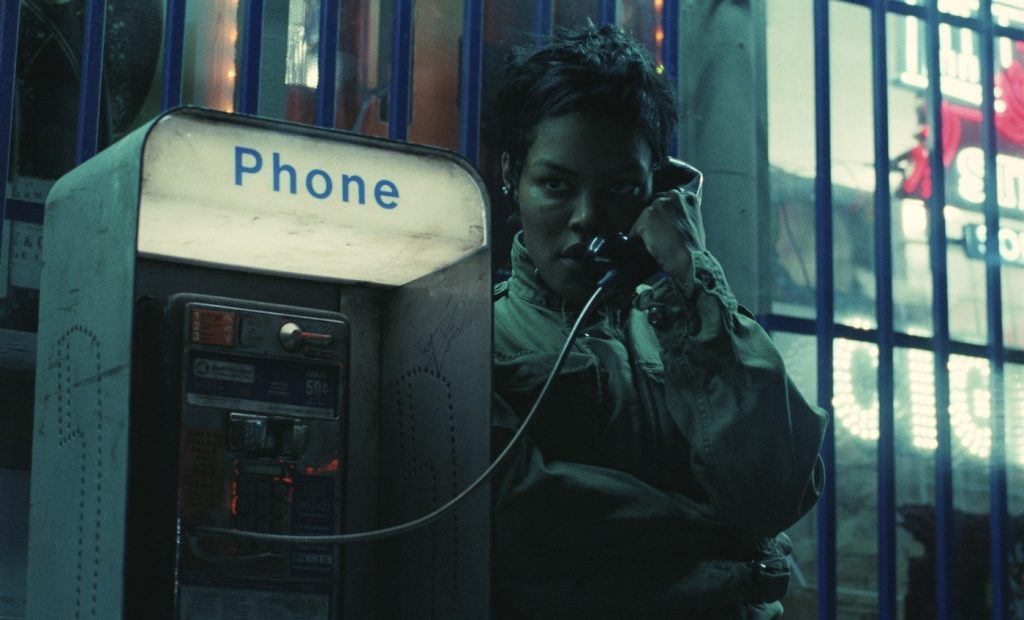
This leads to years of Bob living in a haze of weed and booze as Willa grows up (a great Chase Infiniti). While Bob might not be winning any father of the year awards, it’s clear he loves his daughter dearly, and she loves him, even if he is a paranoid crank in a faded bathrobe like a washed-up revolutionary Lebowski. Their fortunes change when Lockjaw, now striving to become a member of the club that represents the upper echelon of white supremacist fascist society, the Christmas Adventurers Club (“hail Saint Nick” is their greeting—they are as cartoonish as they are monstrous), gets a bead on where Bob and Willa are. The Christmas Adventurers Club is working toward the goal of racial purification, and Lockjaw is worried that he’s committed the gravest offense: siring a non-white child, Willa. Soon, Willa is taken from her high school dance by a member of the French 75, Deandra (Regina Hall), to keep her safe. Bob goes on the lam, and Lockjaw eventually gets his greasy mitts on Willa. Now Bob needs to become the hero, and enlists the help of Willa’s Karate instructor, Sensei Sergio St. Carlos (Benicio Del Toro), and goes on the hunt for his daughter and his arch nemesis.
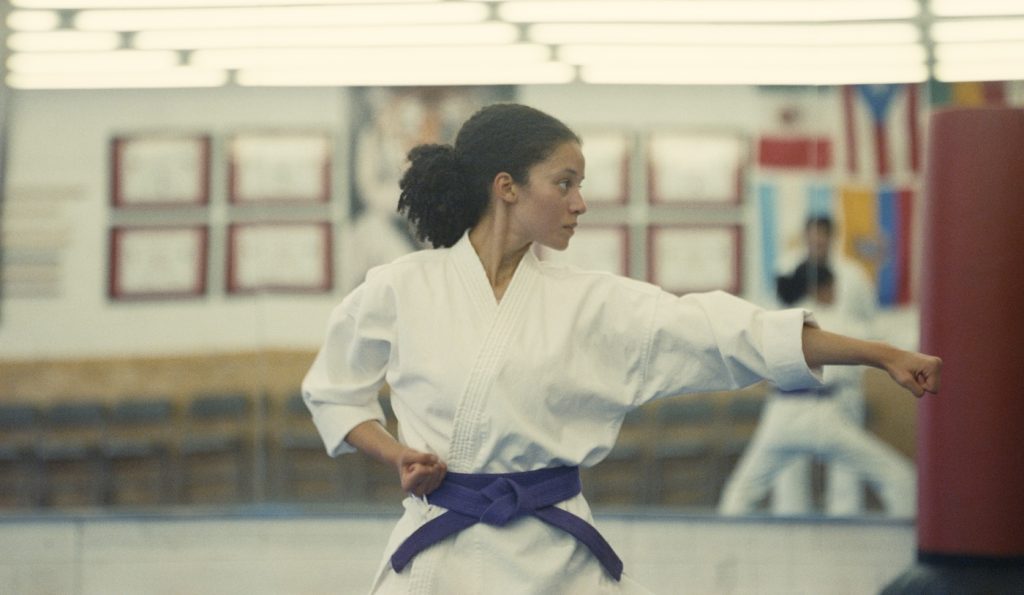
There have been many terrific set pieces up to this point, scenes of kinetic energy and a shaggy beauty, all hallmarks of PTA’s work over the decades. The opening sequence, alone, where Bob, Perfidia, and the French 75 liberate a migrant detention center and Perfidia humiliates and titillates Lockjaw, the commanding officer, marking the start of their years-long destructive dalliance, is masterful. There is a crackling, pedal-down energy to One Battle After Another’s entire runtime; the film is as nervy and energetic as a revolutionary living in fascist times. And then, in a thrilling sequence that turns what a car chase can look and feel like on its head, PTA plunges one last syringe of adrenaline into his film, a bravura scene in which Willa, in a stolen car, flees from Lockjaw, in a government-issued bruiser of an SUV, while Lockjaw, unbeknownst to him, is being chased by Tim Smith (John Hoogenakker), a hit man hired by the Christmas Adventurers Club to track Lockjaw down and eliminate him for the crime of having fathered a non-white child with a black woman.
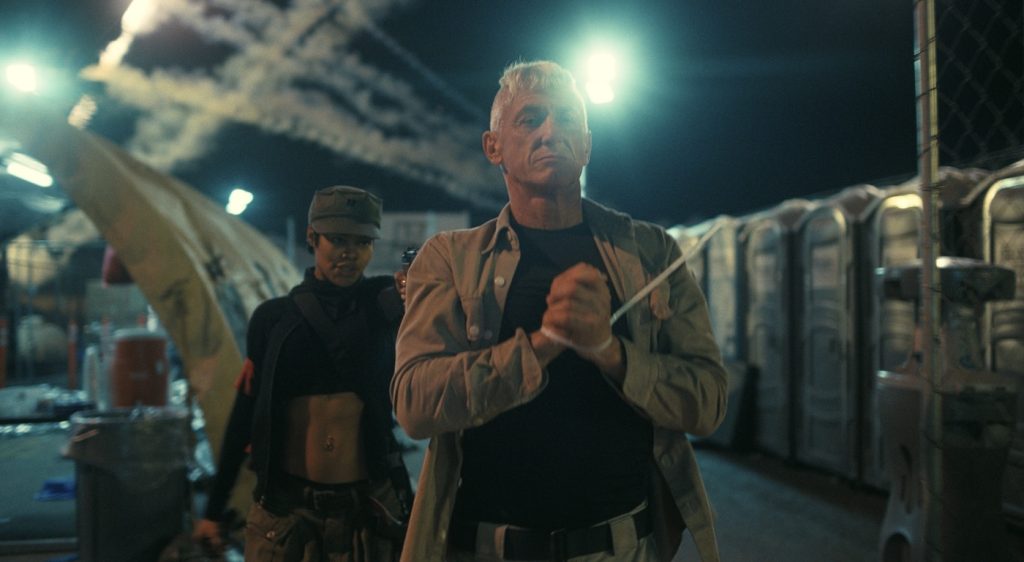
Anderson and his location manager, Michael Glasser, had been scouting the film years in advance. This deep research helped Anderson further flesh out his script (all these juicy details are available in the production notes). One Battle After Another is a very American movie, shot throughout the West, from Sacramento to Eureka, California, to El Paso, Texas. For the climactic car chase on a road carved into a series of hallucinatory undulating hills in Borrego Springs, California, Anderson, his stunt coordinator Brian Machleit, and others on their team blocked each sequence with Matchbox cars, trying to ensure that every chase in the film felt random, decisions being made in real time and under extreme pressure, to give the audience that unsettled, helter skelter sense that Anderson has been a master at for years.
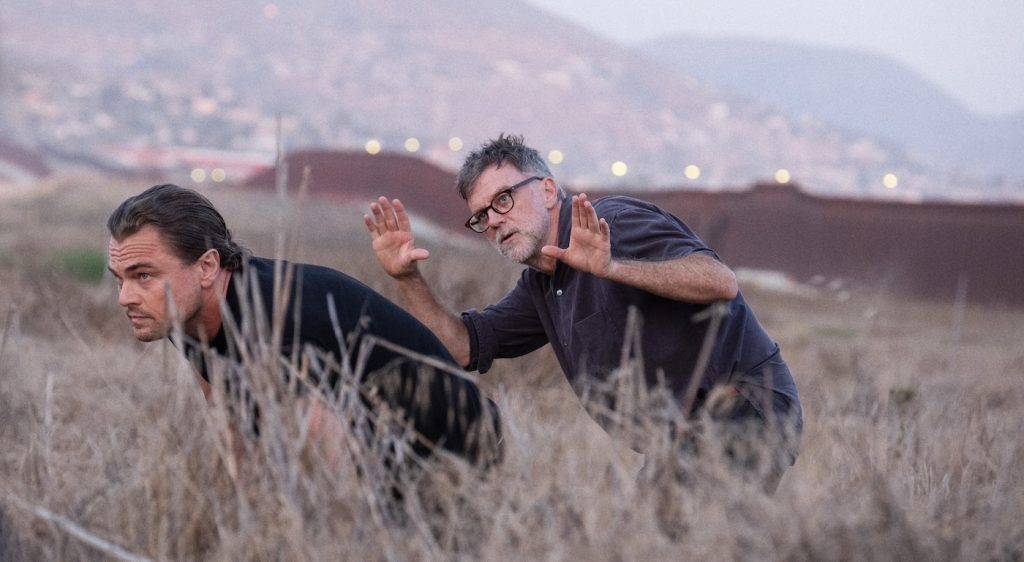
With Willa in the lead car, trying to evade Lockjaw, she goes up and down over the rolling hills, losing Lockjaw in her rearview mirror one moment, only to find him there in the next. The production called that stretch of road the River of Hills. Situated near Highway 78, about an hour east of Borrego Springs, near the Anza-Borrego Desert State Park Road, it looks like Mother Nature was whipping the sheets before making the bed. The location gave Anderson and his team the ability to construct a sui generis chase scene—unlike the set pieces we’ve seen in films with classic car chases, whether it’s James Bond or Ethan Hunt behind the wheel pulling off impossibly tight turns down narrow cobblestoned alleways, the climactic final chase in One Battle After Another wasn’t about hard lefts and turbo-drive—it was about one desperate but increasingly resilient young woman trying to puzzle out how to evade the psychopath behind her when every few seconds, passing over the top of one of those hills, he had a view of her car and the road and everything else between, miles of vision, nowhere for her to hide.
Yet Anderson never gives the viewer what they expect. If you’ve read this far, you’ve (hopefully) already seen the film, so you know Willa will eventually need to escape Tim Smith, not Lockjaw, after Smith pulls up beside Lockjaw, gets him to lower his window, and then shoots him in the face. Smith is driving a much faster car, and Willa, in a moment of inspired desperation, uses the River of Hills to her advantage—she abruptly stops her car on the steepest part of a decline, impossible for her pursuer to see. As Tim Smith comes barreling over the River of Hills to wipe out the rest of Lockjaw’s line and rise another rung in the Christmas Adventurers Club, he’s instead met with the reality of blunt force trauma when he slams into the back of Willa’s car just as he crests the hill. Bloodied, probably concussed, Tim Smith comes staggering out of the wreckage and right into the crosshairs of the pistol Willa pilfered. She takes care of the rest.
“That’s where the journey has taken us,” Anderson has said. “That’s where the journey is going to culminate,” Anderson revealed that during the years of location scouting, when they found that stretch of road, he and his team in the car felt ecstatic. “That maybe like a gift from the movie gods or something that we had, after years of driving and looking for something, anything, it had emerged to us, and we just ran with it.” What this stretch of road gave Willa was to “take control of her story, and take the high ground. That was the best part. Yes, it’s very thrilling going through those roads and everything else, but the best part is the opportunity for her to turn the tables.”
Turn them, Willa did. By the film’s end, with Willa and Bob back in their cozy, ramshackle home in Northern California, Willa catches news coming in on their police scanner that there’s a protest in Oakland. “That’s like three hours away,” Bob says to her, smoking a joint and trying to figure out how to take a selfie on his phone. But Willa’s already getting her jacket on, preparing to leave. “Be safe,” he says. “You know I won’t,” she says, dashing off.
The revolution continues.
One Battle After Another is in theaters now.


